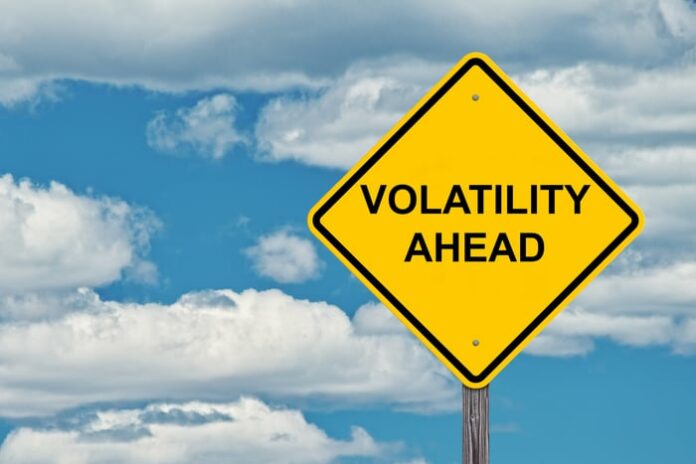Exploring the Potential and Risks of the JP Morgan Nasdaq Equity Premium Income ETF
For dividend investors, a 15% increase in a year paired with a high-single-digit yield can be enticing. This is exactly what the JP Morgan Nasdaq Equity Premium Income ETF (NASDAQ: JEPQ) has delivered over the past 52 weeks. Yet, it’s crucial to explore the associated risks before diving in.
Understanding the JP Morgan Nasdaq Equity Premium Income ETF
The JP Morgan Nasdaq Equity Premium Income ETF is an actively managed fund that targets stocks within the Nasdaq-100 index. This index comprises the 100 largest stocks listed on the Nasdaq exchange, which has historically been dominated by technology companies. While this doesn’t set it apart, there’s more to the ETF than just its stock selection.

Image source: Getty Images.
What makes this ETF intriguing is its active management approach, particularly its options strategy. The ETF generates income by selling covered calls, a tactic that can be advantageous during volatile market conditions. Since the Nasdaq-100 index often exhibits price swings, this strategy aligns well with its performance.
Over the last year, the ETF’s price has appreciated by 15%. However, when factoring in reinvested dividends for a total return, investors have seen a remarkable 27% return. Currently, the ETF boasts a yield of 9.5%, based on recent dividend payouts.

JEPQ data by YCharts.
Understanding the Income Dynamics
Total return is useful for comparing investments, but many income investors prefer not to reinvest dividends from the JP Morgan Nasdaq Equity Premium Income ETF. Most holders are likely seeking income to meet living expenses. This ETF’s income stream can be inconsistent, as selling options varies in profitability from one period to another.
Over the past year, monthly dividend payments have fluctuated between approximately $0.34 and $0.55 per share, indicating significant volatility. This variability affects the reliability of the commonly reported dividend yield from online resources. For investors prioritizing steady income, this ETF might not be the right choice.

JEPQ Dividend data by YCharts.
Emotional Impacts of Volatility
The Nasdaq-100, while offering opportunities, comes with its emotional challenges for investors. Price fluctuations can be hard to manage, particularly for those who are conservative and rely on steady income during retirement. Since its inception, the ETF has mirrored the ups and downs of the index and has limited its growth potential due to its covered call strategy.
Although selling covered calls may help mitigate downturns, this ETF has yet to demonstrate its effectiveness in that regard. Investors uncomfortable with potential price drops or low upside may find a high dividend yield insufficient to warrant staying invested, especially during market downturns.
Final Thoughts on the JP Morgan Nasdaq Equity Premium Income ETF
Ultimately, the performance history of the JP Morgan Nasdaq Equity Premium Income ETF remains under development. The concept of pairing a volatile tech-heavy index with an options strategy is intriguing, yet it presents considerable risks such as unpredictable dividends, limited potential for gains, and undefined downside exposure. Investors may want to keep this ETF on their watch list for the time being.
Is Now the Right Time to Invest $1,000 in JP Morgan Nasdaq Equity Premium Income ETF?
Before purchasing the JP Morgan Nasdaq Equity Premium Income ETF, it’s wise to consider the following:
The Motley Fool Stock Advisor analysts recently identified what they believe are the 10 best stocks for immediate investment opportunities—and surprisingly, the JP Morgan Nasdaq Equity Premium Income ETF was not among them. The selected stocks have the potential for significant returns in the upcoming years.
For instance, when Nvidia was recommended on April 15, 2005, a $1,000 investment would now be worth $904,692!*
Stock Advisor offers a structured approach for investors, featuring guidance on portfolio building, regular analyst updates, and two new stock picks every month. Since 2002, Stock Advisor has substantially outperformed the S&P 500, with returns more than quadrupling those of the index.*
See the 10 stocks »
*Stock Advisor returns as of November 4, 2024
Reuben Gregg Brewer has no position in any of the stocks mentioned. The Motley Fool has no position in any of the stocks mentioned. The Motley Fool has a disclosure policy.
The views and opinions expressed herein are the views and opinions of the author and do not necessarily reflect those of Nasdaq, Inc.

